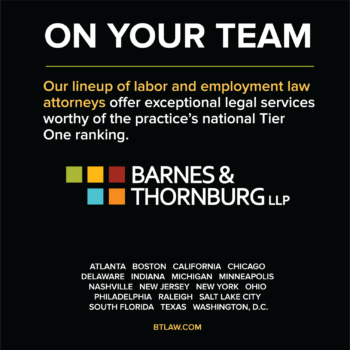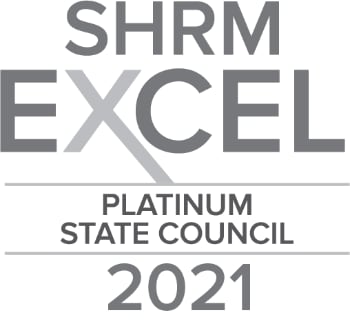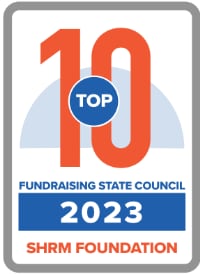The Rise of Skilled Credentials
They aren’t alternative, they’re imperative to building a diverse workforce.
Submitted by Tiffani Ewing, HR Indiana SHRM Workforce Readiness Director
Labor force participation sits at historically low levels, with too few workers with the requisite skills to meet today’s labor demand. For decades, a bachelor’s degree has been the bar to clear for numerous career pathways. Given the immediate workforce needs, what will be the cost of waiting another four to six years to get today’s high school graduates into the workforce? And as the price of entry into the white-collar world has grown increasingly steep, people are reconsidering the value and viability of a four-year degree. Credentials offer a way of demonstrating skills in fields that don’t feature a required occupational licensure or a traditional college degree. In a period of labor shortage, skilled credentials expand the pipeline of talent and help to minimize the skills gap.
Skilled credentials can better match the level of specialization required in some industries and career tracks, and when added to the factors considered during the recruiting process, can accelerate skill development within the workforce. Skilled credentials are increasingly available in the form of micro-credentials, digital badges, and industry-recognized certificates. They’re less expensive than a college degree and designed to help prepare workers for better jobs. They can be delivered through methods as apprenticeships, boot camps, and industry-recognized certificates. Skilled credentials often appeal to workers who have taken indirect routes to their career fields, such as veterans, military spouses, young adults who bypassed college, caregivers re-entering the workforce, and career switchers.
Pursuing candidates with skilled credentials can offer the following benefits:
- An increase in the total applicant talent pool.
- An increase in talent diversity by removing barriers that disproportionately affect minority workers.
- An increase in the number of candidates with job-specific skills.
To make skilled credentials part of a company’s recruitment and hiring strategy, take the following steps:
- Communicate with hiring managers to understand the skills needed to perform specific jobs.
- Determine which positions are eligible for skilled credentialing and change recruitment/hiring strategy to account for this new type of candidate.
- Change job descriptions to reflect skills, not degrees.
- Tweak applicant tracking systems to ensure automated screening systems recognize skilled credentials.
- Train HR and hiring managers to gain familiarity with the types of skilled credentials available.
Read more from SHRM
Read more from Johnny C. Taylor, Jr., SHRM-SCP, president and CEO of SHRM
Listen to more from SHRM All Things Work






